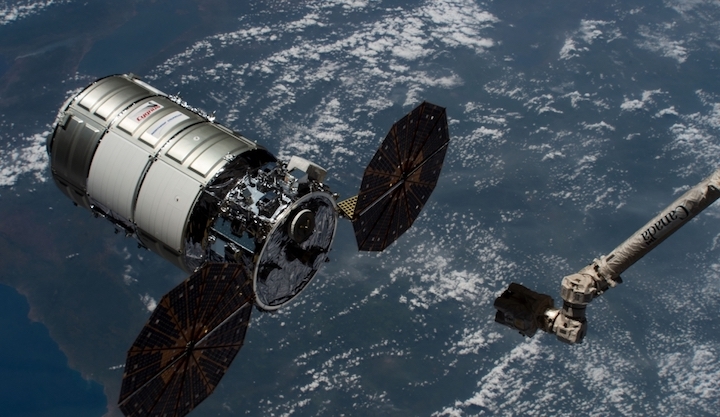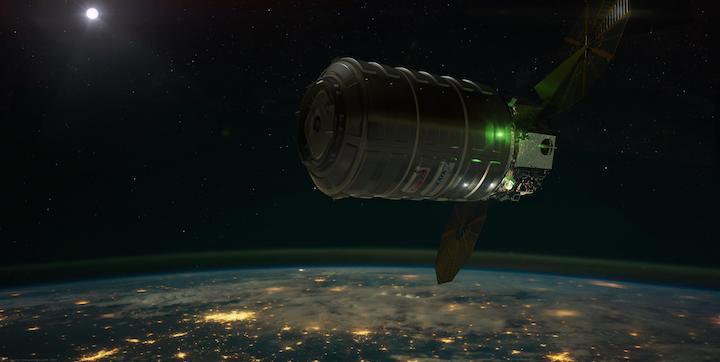9.11.2019

While the main focus last weekend was on the successful launch of the Cygnus NG-12 mission with a fresh set of science experiments and supplies for the Expedition 61 crew of the International Space Station, Northrop Grumman was eagerly awaiting the opportunity to test a critical new capability for Cygnus.
That new effort was the ability for two Cygnus spacecraft to fly in space at the same time – with the team able to properly command each spacecraft individually.
This testing is crucial for Northrop Grumman’s plan to offer Cygnus as a free-flying science platform for NASA, government, and commercial companies after its primary Station mission is complete.
This effort was only possible because Northrop Grumman used their NG-11 Cygnus – launched 17 April 2019 – to test some of the long-duration Cygnus systems after that craft left the Station in August.
Since then, NG-11 has spent the last three months free flying in Low Earth Orbit.
Normally, Cygnus vehicles depart the International Space Station, deploy a few CubeSats, and then re-enter Earth’s atmosphere within a couple of weeks.

For NG-11, the last three months have seen the craft test out the new Cygnus long-duration systems and equipment – most notably the Control Moment Gyroscopes, or CMGs.
The new CMGs on Cygnus provide attitude adjustments and orientation changes of the craft without having to use the precious and limited onboard supply of fuel for the vehicle’s thrusters and engine.
